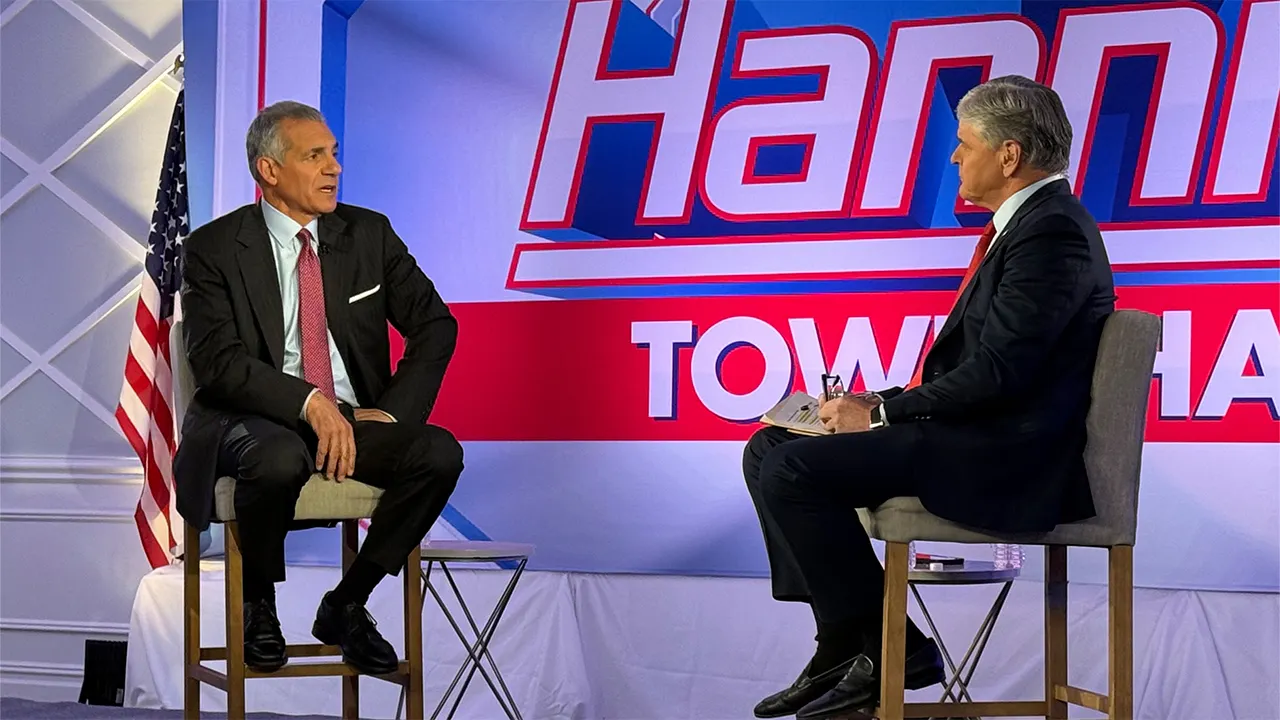Environmental Protection Agency (EPA) Administrator Lee Zeldin pushed back against CNN host Kasie Hunt on Sunday during an appearance on State of the Union, disputing the network’s portrayal of a major Trump administration climate policy shift.
The exchange followed Tuesday’s announcement by the EPA that it would move to formally rescind the 2009 Obama-era Endangerment Finding, a regulatory foundation that allowed the agency to oversee greenhouse gas emissions under the Clean Air Act.
The original finding concluded that emissions from mobile sources, including vehicles, posed a threat to public health and welfare due to their contribution to climate change.
Trump’s Sovereign Wealth Fund: What Could It Mean For Your Money?
Hunt opened the program by criticizing the EPA’s decision while displaying images of industrial smokestacks emitting smoke into the air.
Zeldin, in his response, pointed out that the visuals shown were misleading and unrelated to the policy change being discussed.
“It’s great to be on with you,” Zeldin began.
“First, it’s worth pointing out that all eight or so images that you just posted on the screen have nothing to do with this week’s announcement. What the 2009 endangerment finding had to do with was with regards to mobile sources—vehicles.”
This Could Be the Most Important Video Gun Owners Watch All Year
Zeldin clarified that the rollback proposal specifically targets the regulation of mobile sources, not stationary sources like power plants.
“CNN’s been using a lot of photos where they show smokestacks of stationary sources like power plants. That’s not what we proposed,” he said.
He also addressed the scientific foundation of the 2009 finding, arguing that the conclusions at the time were based on worst-case scenarios.
“To reach the 2009 endangerment finding, they relied on the most pessimistic views of the science,” Zeldin said.
In recent comments on the Ruthless podcast, Zeldin explained that the rollback could reduce regulatory costs and increase consumer choices, particularly regarding vehicle options.
He stated that without the Endangerment Finding in place, the EPA’s authority to impose certain emissions rules on automobiles would be significantly reduced.
Zeldin also criticized the legal basis used to justify the 2009 finding, referring to recent Supreme Court rulings.
“At EPA, we don’t just get to creatively make the law whatever we want it to be,” Zeldin said.
“The Supreme Court ruled in Loper Bright, overturning the Chevron doctrine, and in West Virginia v. EPA and Michigan v. EPA, that agencies like the EPA can’t just use vague language in statute and try to make it be whatever we want it to be.”
He further added, “The major policy doctrine also says that when you’re going to reach something like an endangerment finding and then have trillions of dollars of regulation, that’s something that should be decided by our elected members of Congress in passing statute.”
Zeldin emphasized that the original 2009 finding included a series of assumptions that no longer align with current data.
“A lot of the pessimistic views of the science in 2009 didn’t end up panning out,” he said.
“We can now rely on 2025 facts as opposed to 2009 bad assumptions.”
He concluded by noting that the original finding used vague language to justify its conclusions.
“While it’s simply summed up now as saying carbon dioxide endangers public health and welfare, that’s not what they did back in 2009,” Zeldin said.
“They say carbon dioxide, when mixed with a whole bunch of other well-mixed gases, in some cases not even emitted from mobile sources, contributes to global climate change. It doesn’t say causes—contributes. How much? They don’t say, but it’s north of zero, not much more than zero.”
Talks of rescinding the Endangerment Finding began in March and involved discussions with the Office of Management and Budget (OMB) and other federal agencies.
By June 30, the EPA had submitted its formal request to OMB for review.
The decision marks a significant shift in federal climate policy and aligns with broader Trump administration goals to reevaluate regulatory burdens imposed under previous administrations.
Read the full article here


![EPA Chief Lee Zeldin Exposes CNN’s Misleading Coverage of Greenhouse Gas Rules [WATCH] EPA Chief Lee Zeldin Exposes CNN’s Misleading Coverage of Greenhouse Gas Rules [WATCH]](https://www.lifezette.com/wp-content/uploads/2025/08/2025.08.04-06.30-lifezette-6890fc3d49b55.jpg)




![Arrests Made in $102 Million Louvre Heist as Stolen Crown Jewels Still Missing [WATCH] Arrests Made in $102 Million Louvre Heist as Stolen Crown Jewels Still Missing [WATCH]](https://www.rvmnews.com/wp-content/uploads/2025/04/2025.04.25-02.21-rvmnews-680b9a5d36524.jpg)



![Woman Who Shouted ‘F**k These Cops’ After Running Over NYPD Officer Gets a Slap on the Wrist [WATCH] Woman Who Shouted ‘F**k These Cops’ After Running Over NYPD Officer Gets a Slap on the Wrist [WATCH]](https://www.rvmnews.com/wp-content/uploads/2024/06/2024.06.03-10.03-rvmnews-665d94ea9a0ee.jpg)
